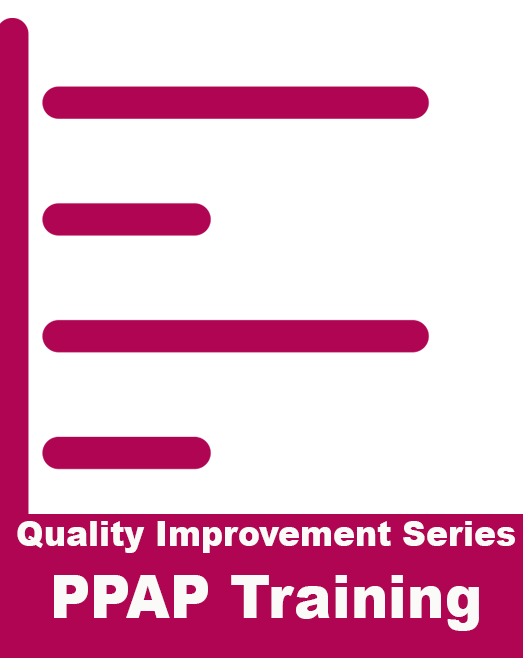Nonconformity and Corrective Action
A nonconformity is defined as a failure to meet a requirement indicated by:
- A customer
- A statutory or regulatory body,
- The ISO 9001 and/or IATF 16949 standard
- Your organization.
When a nonconformity occurs, you are required to address the issue by either controlling and correcting or by addressing the consequences. Next, you must determine the root cause(s), evaluate the need to eliminate the cause(s) so the nonconformity does not reoccur and lastly implement necessary corrective action. Corrective action is the action taken to prevent the recurrence of a nonconformity.
To be compliant with IATF 16949, there are supplementary materials for corrective actions of nonconformities. Organizations must document the entire process, including their problem-solving steps, take action to help reduce errors, if the organization provides warranty, they must implement a warranty management process, and the organization must document and analyze customer complaints and field failures.
10.2.1
10.2.1 and 10.2.2 are clauses taken from ISO 9001:2015.
10.2.1 states:
When a nonconformity occurs, including any arising from complaints the organization is required to:
- a) react to the nonconformity and, as applicable:
- Take actions to control and correct it
- Deal with the consequences
- b) evaluate the need for the actions to eliminate the cause(s) of the nonconformity, in order that it does not recur or occur elsewhere.
As part of IATF 16949 rule 5th section 5.11.1 further states that in cases where the accepted corrective actions plan for a minor nonconformity is found to be not effectively implemented, a new major nonconformity shall be issued against the corrective action process and the previous minor nonconformity reissued as a major nonconformity.
- Learn more about the current IATF 16949 Rules
Addressing Nonconformities
Nonconformances often arise because organizations are not taking effective corrective actions on arising issues. 3rd party audits are identifying these issues and show that an organization’s problem-solving processes are not effective. As a result, during surveillance audits repeat nonconformities are being identified with the addition of another major nonconformity being recorded around the corrective action process.
In order to have successful surveillance audits, an organization must have successful problem-solving to find the root cause of the nonconformance and eliminate it. If the root cause is not adequately identified, then organizations will troubleshoot and often resolve a symptom instead. This may temporarily resolve the problem, but in fact, it is like putting a band-aid over a wound. It may stop the bleeding, but if you take the band-aid off, the wound still exists. Proper corrective action needs to take place, or you will have to repeatedly deal with the same issue, which in the end takes more resources from your organization.
The nature of nonconformities, actions taken to address them, and the results of corrective actions must be documented. Check out our Forms Package which includes a nonconformance report and corrective action request to help your organization meet the documentation requirements around nonconformity and corrective action.
10.2.3 Problem Solving
10.2.3 Addresses Problem Solving. When an organization has a nonconformity and needs to take corrective action you need to:
- Define and document how you’re going to solve various types and scales of problems
- Contain bad production
- Find the root cause
- Correct the issue
- Test that the solution worked before updating your documented process.
As a result of problem-solving being a reactive process, an organization’s first approach to problem-solving is a response to a failed process. As the organization becomes more familiar with the problem-solving approach they will be able to not only be reactive but be proactive by improving processes and not just react to concerns, complaints and arising issues. The overall goal is to become familiar enough to apply the lessons learned to predict failures before they occur. You must perform a root-cause analysis. We offer instructional courses for Root Cause and other Problem Solving Tools (8D, Core Tools, etc)
Individual Core Tools Courses: (click for more info on each course)

MSA

SPC

FMEA

APQP

PPAP


